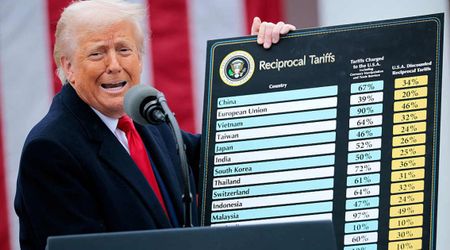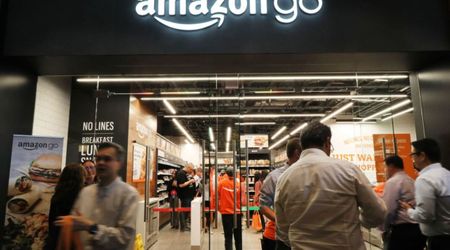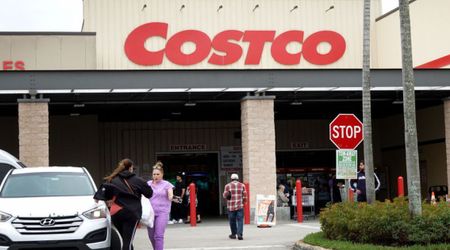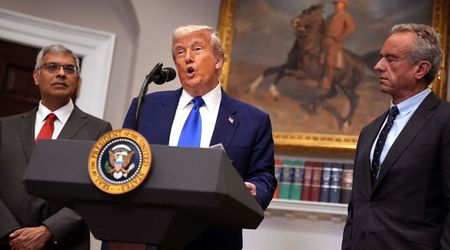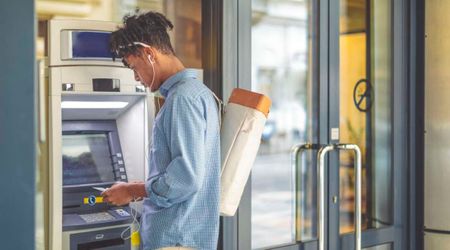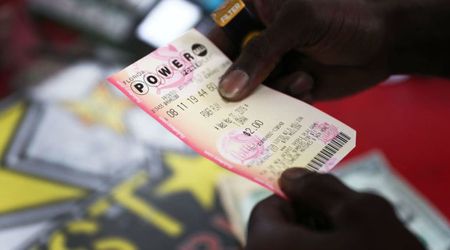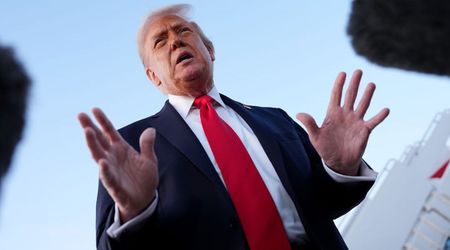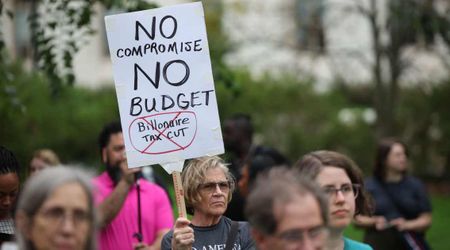Amazon's Prime Day Touches $6.4 Billion, Highest Single-Day E-Commerce Sales Figure in 2023

The first day of Amazon's annual Prime Day event shattered records as U.S. consumers spent a staggering $6.4 billion, marking the highest single-day e-commerce sales figure in 2023. This two-day sales extravaganza not only presents Amazon with an opportunity to attract new customers but also strengthens its relationship with existing ones. The event's success can be attributed to various factors, including increased spending in categories like appliances, toys, apparel, and electronics, per TechCrunch. Moreover, the adoption of flexible payment options like Buy Now Pay Later (BNPL) and the growing preference for smartphone shopping are notable trends observed during this year's Prime Day.

Sales growth in key categories
According to Adobe Analytics Data, appliance sales experienced a substantial 37% surge compared to average daily sales in June 2023. This growth demonstrates consumers' enthusiasm for purchasing household appliances at discounted prices during Prime Day. Additionally, sales of toys and apparel rose by 27% and 26% respectively, indicating a strong demand for these products. Electronics, a perennial favorite during Prime Day, witnessed a 12% increase in sales, further contributing to the record-breaking figures.
Buy Now Pay Later (BNPL) and flexible spending habits
During Prime Day, the impact of Buy Now Pay Later (BNPL) services is becoming more noticeable. BNPL orders have accounted for 6.4% of online orders, generating a remarkable revenue of $461 million on the first day alone. This represents a significant 19.5% increase compared to the previous year's Prime Day. Notably, consumers are enthusiastically adopting flexible payment options, especially in popular categories like apparel, furniture/home, and electronics. These statistics indicate that shoppers are actively seeking ways to improve their spending management and make the most of the discounts available during the event.

Shift to mobile shopping
Another noteworthy trend is the growing comfort and confidence of consumers when shopping on smaller screens. Smartphones played a significant role in driving sales, accounting for 43.7% of purchases during Prime Day (compared to 42.7% in 2022). In the U.S., mobile payment has seen a 24% growth over the last three years and attracting an extra 15.5 million users, per SupplyGem. Increased mobile accessibility and security have driven this growth, hence more shoppers are contributing to smaller screen purchases.
Discounts galore
Amazon's Prime Day is renowned for offering enticing discounts across various product categories. This year, electronics received the most substantial discount of 16%, followed by apparel at 13% and toys at 15%. Computers, sporting goods, and furniture were also discounted at 10%, 9%, and 7% respectively. These attractive discounts incentivized consumers to make purchases and contributed to the overall success of Prime Day.

Impact on third-party sellers and competitors
Amazon's Prime Day not only benefits the e-commerce giant but also boosts online sales for third-party sellers and other retailers. Data shows that early Prime Day sales have already increased online spending by approximately 6%, lifting the revenue of these sellers. Retailers such as Walmart, Target, Kohl's, and Best Buy have been running their own competing sales events, aiming to attract customers with attractive discounts and promotions, per CNBC.
Resilient consumer spending
The impressive Prime Day sales figures indicate that consumer spending may be more resilient than anticipated, as per Jungle Scout data. Despite concerns surrounding economic uncertainty and inflation, shoppers continue to display robust purchasing power. In the second quarter, 28% of consumers reported an increase in spending, compared to 23% in the previous quarter. Total U.S. online sales will grow 9.5% year over year to $13.1 billion during the two-day event, per Adobe's predictions. This positive sentiment is driven by a combination of pent-up demand following the COVID-19 pandemic and improved financial stability among certain segments of the population.

